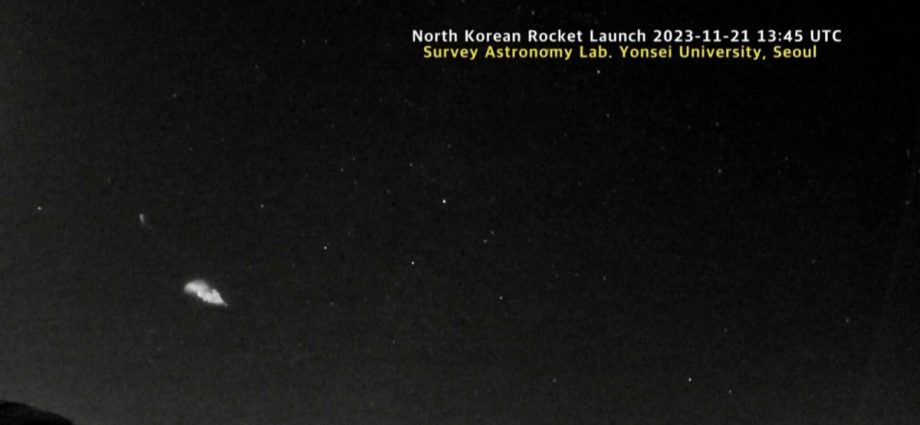
Marco Langbroek, a satellite expert at Delft University of Technology in the Netherlands, said the video showed the first and second stage, with the first stage blowing up after separation of the second stage.
“This certainly is unusual,” he told Reuters, noting that most rocket stages are left to fall into the sea.
It’s not possible to tell for sure if it was intentional or an accident, but North Korea said it had used a self-destruct mechanism during its last launch in August as a safety measure after the rocket failed, Langbroek said.
“I feel it is certainly possible that it was done intentionally, to prevent recovery of an intact stage by the West,” he said.
The South Korean military is seeking to find and salvage debris from the rocket, South Korea’s defence ministry told parliament on Thursday.
The ministry said it had no comment on the video or reports of deliberate destruction.
After the first Chollima-1 launch in May plunged into the sea between the Korean peninsula and China, the South Korean and US navies recovered parts of the rocket, including its satellite payload, which they said “was not suitable for military use”.
Recovering parts of the rocket could provide valuable intelligence on its capabilities and components, experts have said, and South Korea has accused Russia of providing technical aid to North Korea for this latest launch.
Russia denied any military cooperation, but President Vladimir Putin in September publicly promised to help North Korea build satellites.

